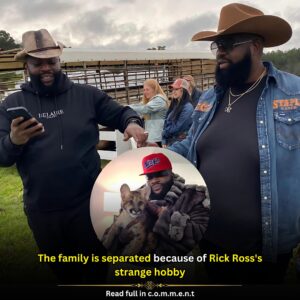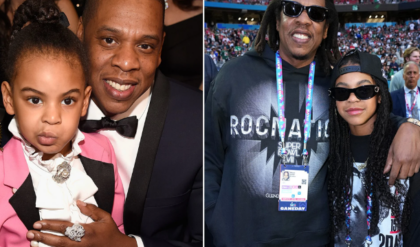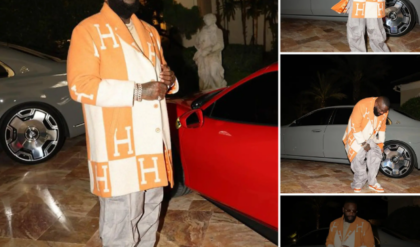The sound of a mummified priest has been heard for the first time in 3,000 years, thanks to ingenious research by academics at Royal Holloway, University of London, University of York and Leeds Museum and Galleries.

Mummy photograph courtesy of Leeds Museum and Galleries.
Professor David Howard, from the Department of Electronic Engineering at Royal Holloway and Professor John Schofield, Professor Joann Fletcher and Dr Stephen Buckley all from the Department of Archaeology at the University of York, started the project in 2013.
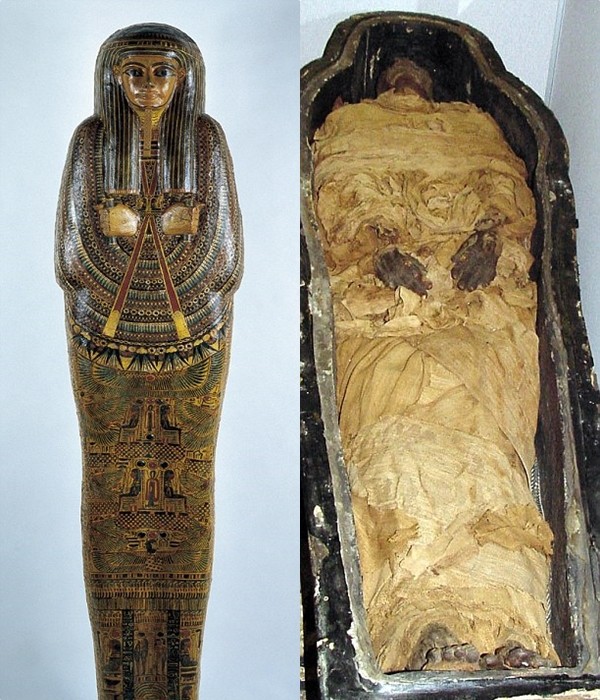
The sound of the 3,000 year old mummified Egyptian priest, Nesyamun, has been accurately reproduced as a vowel-like sound based on measurements of the precise dimensions of his extant vocal tract following Computed Tomography (CT) scanning. This enabled the creation of a 3-D printed vocal tract, known as the Vocal Tract Organ.
By using the Vocal Tract Organ, a vowel sound was synthesised which compares favourably with vowels of modern individuals.
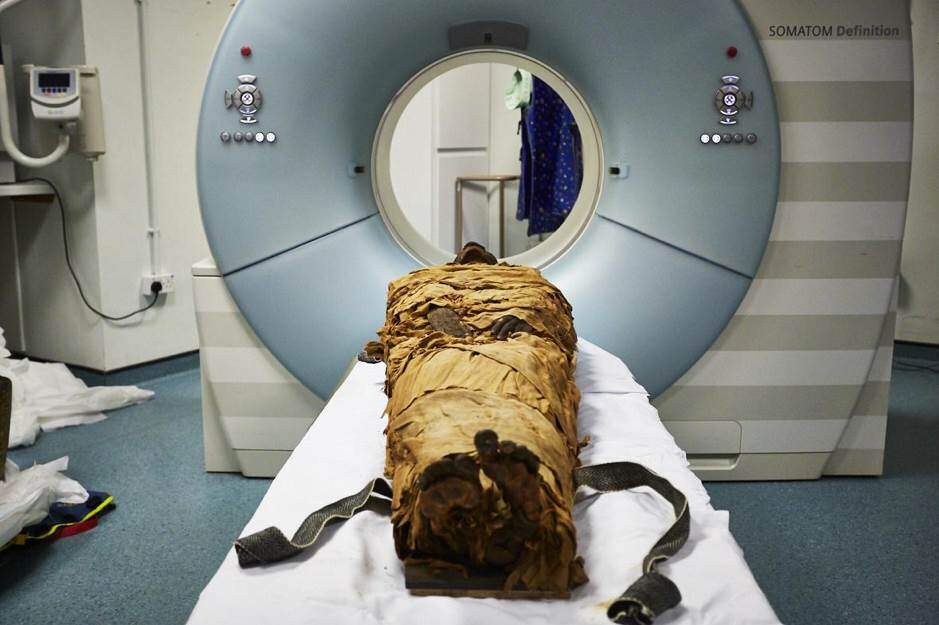
The team transported Nesyamun from Leeds City Museum with Katherine Baxter, Curator of Archaeology, overseeing the move. They used a CT scanner at Leeds General Infirmary to check to see if the significant part of the structure of the larynx and throat of Nesyamun remained intact.
The scan allowed the academics to measure the vocal tract shape from CT images and based on these measurements, they created a 3D-printed vocal tract for Nesyamun and used it with an artificial larynx sound that is commonly used in today’s speech synthesis systems.
The precise dimensions of an individual’s vocal tract makes each of our voices unique, so for the research to work, the soft tissue of Nesyamun’s vocal tract had to be essentially intact.

Nesyamun lived during the politically volatile reign of pharaoh Ramses XI (c.1099–1069 BC) over 3,000 years ago, working as a scribe and priest at the state temple of Karnak in Thebes – modern Luxor.
His voice was an essential part of his ritual duties which involved spoken as well as sung elements.

This innovative interdisciplinary collaboration has produced the unique opportunity to hear the vocal tract output of someone long dead by virtue of their soft tissue preservation and new developments in technology, digital scanning, 3-D printing and the Vocal Tract Organ.
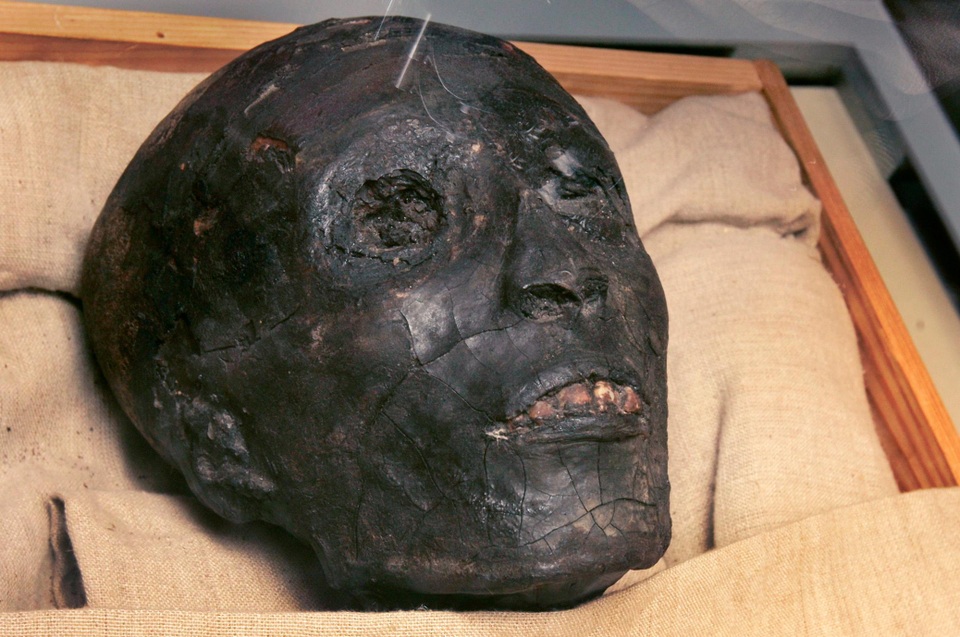
Given Nesyamun’s stated desire to have his voice heard in the afterlife in order to live forever, the fulfilment of his beliefs through the synthesis of his vocal function allows us to make direct contact with ancient Egypt by listening to a sound from a vocal tract that has not been heard for more than 3,000 years, preserved through mummification and now restored through this new technique.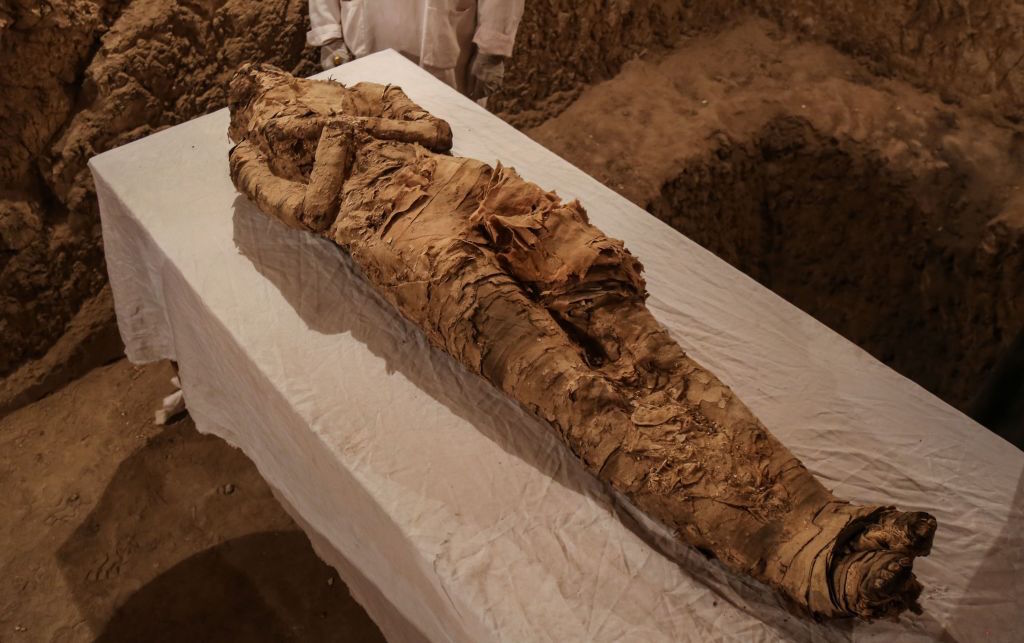 LUXOR, EGYPT – DECEMBER 09: An ancient mummified body is seen that belongs to the 18th Dynasty pharaohs (B.C. 1550-1292) in Dra Abu el-Naga district of Luxor, Egypt on December 09, 2017. (Photo by Ibrahim Ramadan/Anadolu Agency/Getty Images)
LUXOR, EGYPT – DECEMBER 09: An ancient mummified body is seen that belongs to the 18th Dynasty pharaohs (B.C. 1550-1292) in Dra Abu el-Naga district of Luxor, Egypt on December 09, 2017. (Photo by Ibrahim Ramadan/Anadolu Agency/Getty Images)
Professor David Howard from Royal Holloway, University of London, said: “I was demonstrating the Vocal Tract Organ in June 2013 to colleagues, with implications for providing authentic vocal sounds back to those who have lost the normal speech function of their vocal tract or larynx following an accident or surgery for laryngeal cancer.
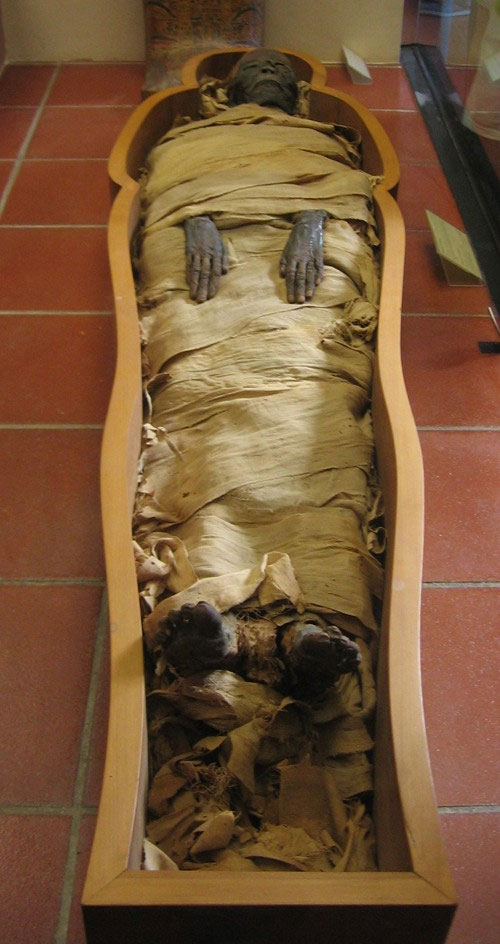
“I was then approached by Professor John Schofield who began to think about the archaeological and heritage opportunities of this new development. Hence finding Nesyamun and discovering his vocal tract and soft tissues were in great order for us to be able to do this.
“It has been such an interesting project that has opened a novel window onto the past and we’re very excited to be able to share the sound with people for the first time in 3,000 years.”
Professor Joann Fletcher of the Department of Archaeology at the University of York, added: “Ultimately, this innovative interdisciplinary collaboration has given us the unique opportunity to hear the sound of someone long dead by virtue of their soft tissue preservation combined with new developments in technology.
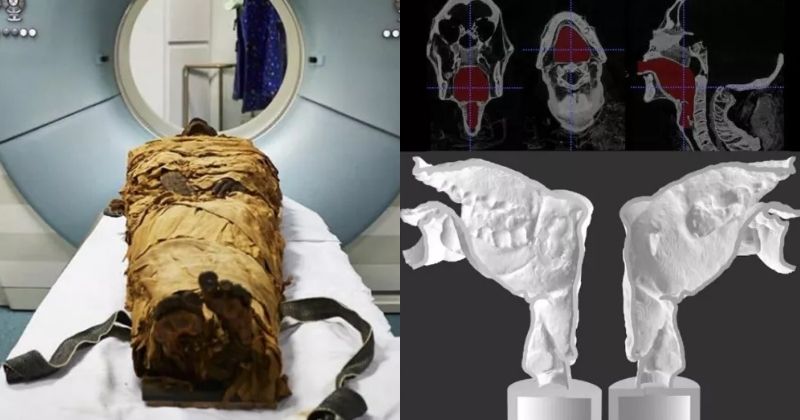
“And while this has wide implications for both healthcare and museum display, its relevance conforms exactly to the ancient Egyptians’ fundamental belief that ‘to speak the name of the dead is to make them live again’.
“So given Nesyamun’s stated desire to have his voice heard in the afterlife in order to live forever, the fulfilment of his beliefs through the recreation of his voice allows us to make direct contact with ancient Egypt by listening to a voice that has not been heard for over 3,000 years, preserved through mummification and now restored through this pioneering new technique.”
The research is published by Springer Nature. Nesyamun’s remains can be seen in the Ancient Worlds gallery at Leeds City Museum.
News
Stephen Curry offered Ayesha Curry a single dish on their first date that made Ayesha agree to be his wife.
With Ayesha Curry, go down memory lane via food, of course! Curry tells people in this week’s issue that she is constantly creating new recipes, whether they are for her family’s dinners or her new cookbook, The Full Plate. She…
Stephen Curry: From an underrated boy to an icon of world basketball
Stephen Curry, the Golden State Warriors’ superstar, has had an extraordinary journey in the NBA, going from an unknown player to solidifying his place as the Greatest of All Time (GOAT). His rise to greatness is a testament to his…
Rick Ross’ strange and eccentric hobbies make his relatives become distant.
Rick Ross, the renowned rapper and entrepreneur, has a rather unconventional hobby that sets him apart from the crowd: he keeps wild animals as pets. While many celebrities opt for more traditional pets like dogs or cats, Ross has embraced…
Lil Wayne revealed the reason why he always loves and pampers Kameron the most compared to his other children.
The bond between a parent and child is one of the most profound and enduring relationships in life. For Lil Wayne, the renowned rapper and father of four, his love for his youngest son, Kameron, runs deep. As Kameron grows…
Lil Wayne reveals his songwriting formula for creating explosive and successful rap songs.
Onе of thе most succеssful rаppеrs of thе lаst two dеcаdеs is Lil Wаynе. Sincе rеlеаsing his first аlbum аt 17, hе hаs sold oᴠеr 120 million copiеs worldwidе, mаking him onе of thе most succеssful аrtists in hip hop…
Novak Djokovic dressed as Snoop Dogg – passionately singing with Eminem at a cozy party, making fans excited.
Novak Djokovic made an impression on his rivals in Monte Carlo after his performance at the player party. The world No. 1 dressed up as Snoop Dogg and danced to one of his songs before rapping Eminem. All of it…
End of content
No more pages to load


